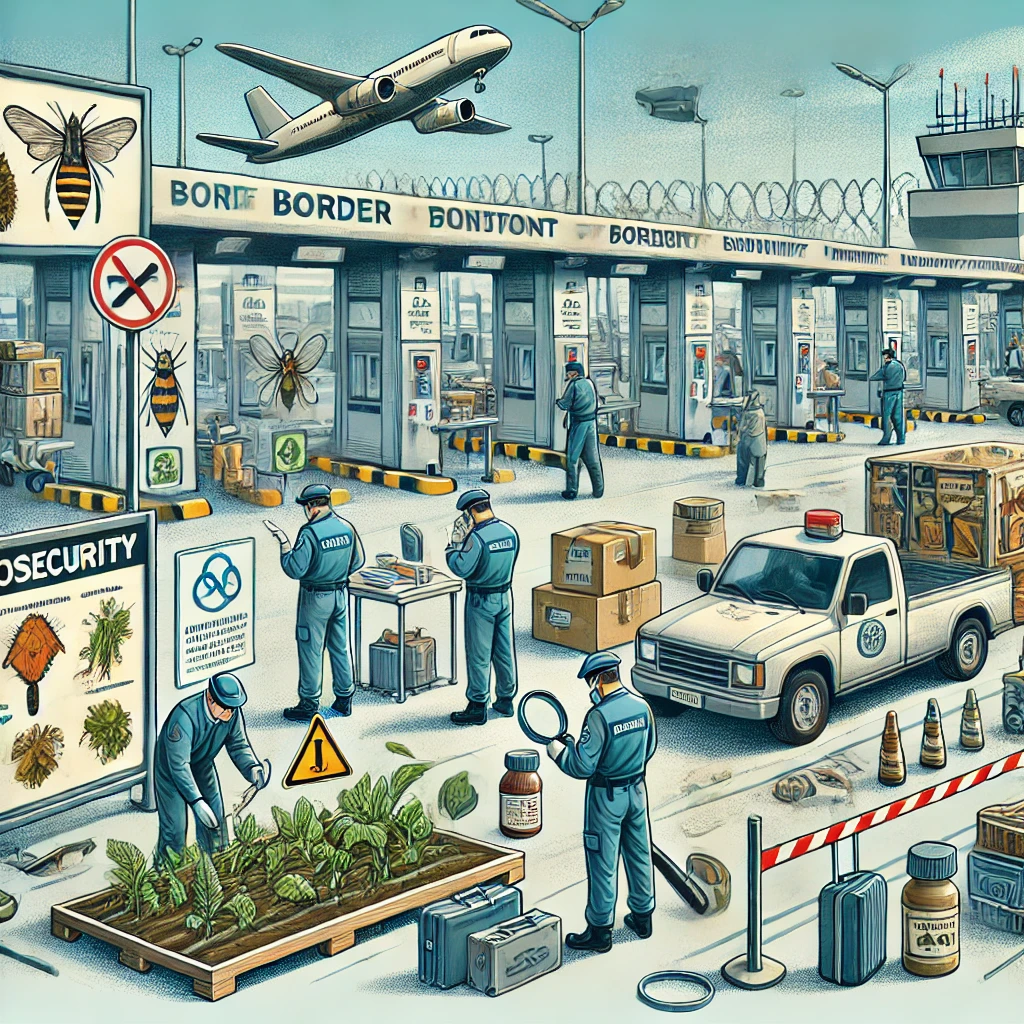Introduction to Preventive Measures
Preventive methods are crucial to avoid the introduction of invasive pests, which can cause significant ecological and economic damage. Effective prevention strategies help protect native ecosystems, agriculture, and infrastructure from the adverse effects of these pests.
Quarantine and Inspection Procedures
Quarantine and inspection procedures are essential for preventing the introduction of invasive pests. These measures involve monitoring and inspecting goods, plants, and animals before they enter new areas. Quarantine protocols ensure that potentially infested items are isolated and treated to prevent pest spread. Additionally, rigorous inspection procedures at borders and entry points help identify and intercept invasive species before they establish in new regions.
Public Awareness and Education
Public awareness and education play a vital role in preventing the spread of invasive pests. Educating the public about the risks associated with invasive species and how to identify them can lead to early detection and prompt action. Outreach programs and informational campaigns provide guidance on safe practices, such as avoiding the release of non-native pets into the wild and properly cleaning outdoor equipment to remove pests.
Regulation and Policy Implementation
Regulation and policy implementation are key components of pest prevention strategies. Governments and agencies establish regulations to control the movement of potentially invasive species and enforce compliance with pest management practices. Policies may include restrictions on importing certain plants or animals, mandatory treatments for imported goods, and requirements for pest-free certification.
Monitoring and Early Detection
Monitoring and early detection systems are vital for identifying and managing invasive pests before they become widespread. Regular surveys and surveillance programs help track the presence of invasive species and assess their potential impact. Early detection allows for rapid response and mitigation efforts to prevent the establishment and spread of pests.
Collaboration and Coordination
Collaboration and coordination among various stakeholders enhance the effectiveness of preventive measures. Cooperation between government agencies, industry groups, research institutions, and local communities helps to implement comprehensive pest prevention strategies. Sharing information, resources, and expertise contributes to a unified approach to managing and preventing invasive pests.
Conclusion
Preventive methods to avoid the introduction of invasive pests include quarantine and inspection procedures, public awareness, regulation and policy implementation, monitoring and early detection, and collaboration.

